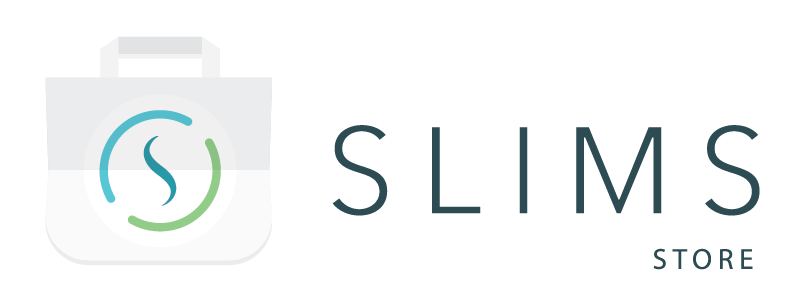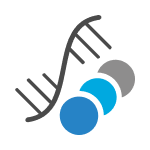Description
This package contains six different macros to perform normalization of DNA, DNA library, or Library pool content types.
This package contains the following entities:
- Four content types:
- DNA
- DNA library
- Library pool
- Library pool – multiple lanes
- Six macros to normalize samples, all with a single step of type Derive content:
- Normalize (target concentration and fixed aliquoted volume)
- Restricted to DNA.
- Normalize (target concentration and volume)
- Restricted to DNA.
- Normalize (target mass and volume)
- Restricted to DNA.
- Normalize (target molarity and fixed aliquoted volume)
- Restricted to DNA library and both library pools.
- Normalize (target molarity and volume)
- Restricted to DNA library and both library pools.
- Normalize (target mole and volume)
- Restricted to DNA library and both library pools.
- Normalize (target concentration and fixed aliquoted volume)
- Ten custom fields on Content:
- Volume: A field of type quantity and dimension volume, with default unit ml and the unit for the content types µl.
- Concentration: A field of type quantity and dimension concentration, with default unit ng/μl.
- Molarity: A field of type quantity and dimension molar concentration, with default unit M. The unit for the libraries is set to nmol/l.
- Buffer volume: A field of type quantity and dimension volume, with default unit µl.
- Normalization comment: A field of type short text.
- Original aliquot volume: A field of type quantity and dimension volume, with default unit µl.
- Target concentration: A field of type quantity and dimension concentration, with default unit ng/μl.
- Target mass: A field of type quantity and dimension mass, with default unit ng.
- Target molarity: A field of type quantity and dimension molar concentration, with default unit nmol/l.
- Target mole: A field of type quantity and dimension mole, with default unit nmol.
How to use the package
Pre-requisite
The macros imported in the package are restricted to workflows, so a workflow with a protocol step of type “derivation” should be created in which one or more of the macros can be selected.
Configuration
The macros can be set to inactive if the method of normalization they present is not used in the lab.
The name and description of the macros and macro steps can be adjusted to names that are consistent with those used in the lab.
Every macro has two fields with preset values by default. These should be adjusted to commonly used values in the lab.
The macros can be updated to be used in different places in SLIMS and to allow for more content types. The latter requires an update of the restrictions on the associated fields as well.
Usage step by step
Context: Using the desired samples in the derivation workflow step that the macro(s) are attached to.
- Select all of the samples that should be normalized.
- The selected samples should have the following values filled out:
- Concentration or Molarity (depending on which field the normalization is based on)
- Volume (Optional, but will result in a message in the “Normalization comments” field if it is missing)
- The selected samples should have the following values filled out:
- Start any of the normalization macros.
- Update the displayed values for target field or volume if needed.
This will generate one derivation per sample with the following values filled out:
- Field completed during macro execution (Target concentration or mass, or molarity or mole, Volume or Original aliquot volume)
- The following values will be calculated:
- “Buffer volume:” Represents the amount of buffer that should be added to the sample to achieve the defined target.
- “Original aliquot volume,” or “Volume” (the one which was not filled out manually) where:
- Original aliquot volume: Represents the amount of the original sample that should be taken to achieve the defined target.
- Volume: Represents the total volume of the new normalized sample (i.e. addition of Original aliquot volume and Buffer volume).
- “Normalization comment:” Describes if the normalization can be done properly (see troubleshooting section).
Troubleshooting
Meaning of the “Normalization comments:”
- Null concentration: The parent sample does not have the concentration field or the field did not contain a value.
- Null molarity: The parent sample does not have the molarity field or the field did not contain a value.
- Unknown parent volume: The parent sample does not have a volume field or the field did not contain a value.
- Insufficient concentration: The concentration on the parent sample is lower then requested target concentration.
- Insufficient volume: The volume on the parent sample is lower then the aliquoted volume.
- Insufficient molarity: The molarity on the parent sample is lower then requested target molarity.
If the calculations are not done correctly and all the fields on the parent samples are correct, try saving the macro step and refresh SLIMS before running the macro again.
Where to Look Next
These references have further information on how to configure or use the package contents after the initial installation and integration.
- Miscellaneous > Macro
This package is also available in combination with a protocol to run the macros in. Contact your SLIMS admin for help to set up the SLIMS Share lab settings. This package can then be imported into the Workflow Management module in a workflow by clicking on “Import protocol.”





